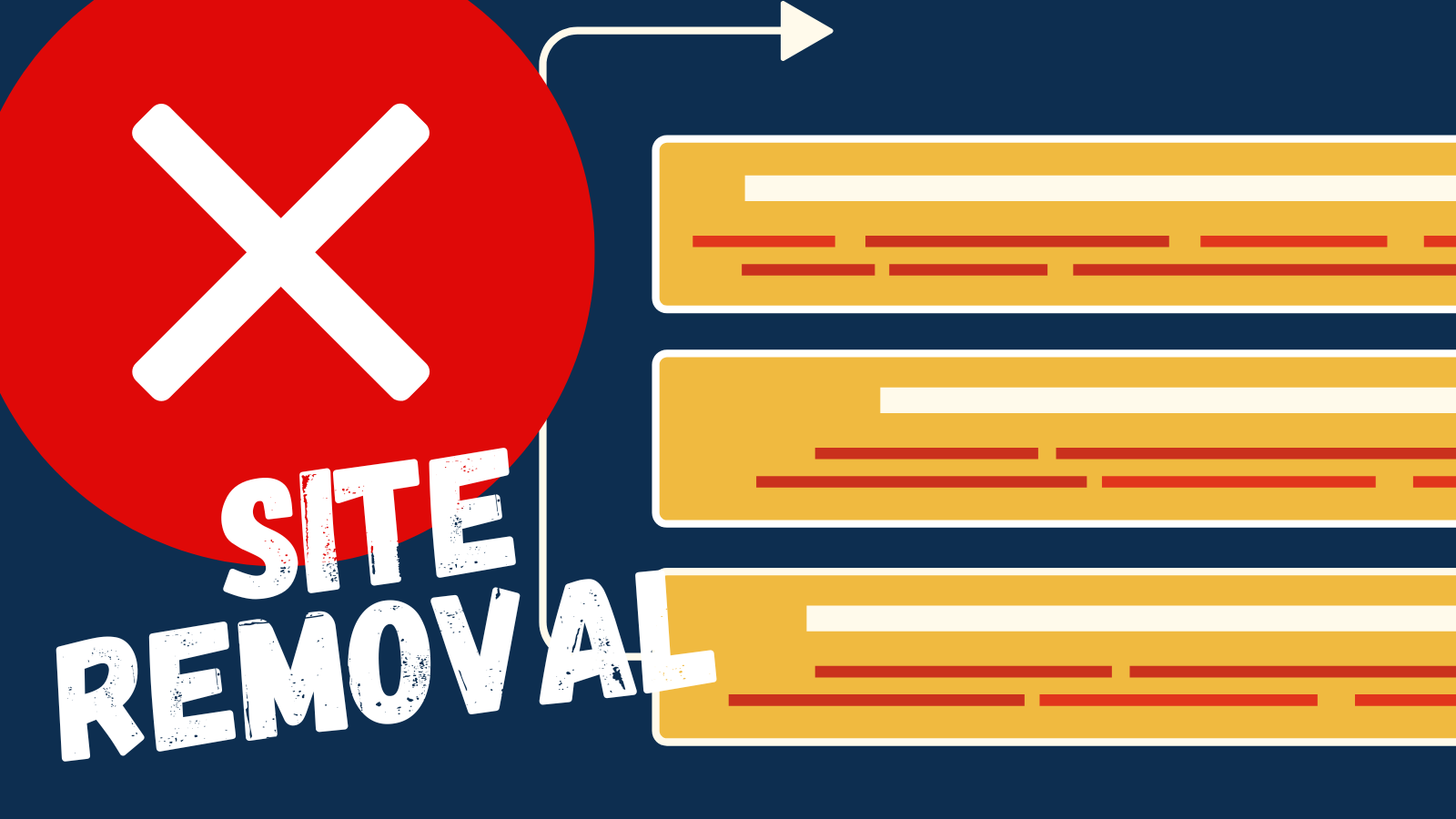Google Now Allows Site Removal Requests Without Ownership Verification

Google’s John Mueller responded on Reddit to a user seeking help on how to remove an old Canva website from Google Search without verifying ownership. Mueller explained that users can request removal using Google’s Outdated Content tool, which is designed for content that no longer exists or has significantly changed.
What We Will Cover:
Google Enables Site Removal from Search Without Ownership Verification, Empowering Non-Tech Users to Manage Outdated Content
Background
Google has long required site ownership verification through Search Console to manage how content appears in search results. However, this posed challenges for users without access to their hosting platform or control over outdated web pages. The recent clarification from Google’s
John Mueller highlights a lesser-known alternative using the Outdated Content Removal tool, empowering non-technical users to request search result removals when content is no longer live. This shift reflects Google’s broader effort to balance content management with accessibility, especially as more people use third-party platforms like Canva to build temporary or personal websites.

Why It Matters
The change is significant because it offers a practical solution for users who may lack technical skills or access to Search Console, particularly those using third-party platforms like Canva. By enabling content removal requests without verified ownership, Google expands access to tools that help individuals and small businesses manage outdated or unwanted content in search results. This shift highlights the company’s evolving approach to user privacy and control in an increasingly decentralized web environment.
You Don’t Need Google Search Console Verification to Remove Old Content
Google has made it easier for users to remove outdated or deleted content from search results, even without verifying ownership through Google Search Console. This is especially helpful for non-technical users or those who built their sites on third-party platforms like Canva and no longer have access to their website’s backend. Instead of requiring ownership verification, users can utilize Google’s Outdated Content Removal Tool to request the removal of pages that either no longer exist or have changed significantly from the version indexed by Google. While the process is not as immediate as using a verified Search Console account, it bypasses the traditional verification step and offers a practical solution for cleaning up outdated content from search results.
Redirecting Old Pages is Preferred When Possible
While removing outdated content from Google Search is helpful, redirecting old pages to a new website is often the more effective and SEO-friendly approach. According to John Mueller, redirects allow important ranking signals—such as backlinks, authority, and search relevance—to carry over to the new site, helping maintain or even improve its visibility in search results. This method is particularly useful during website transitions, ensuring a smoother shift without losing hard-earned SEO value.
However, implementing redirects depends on the capabilities of the platform used to host the site. For example, Canva and other design-focused platforms may not support custom URL redirects, which limits this option for users who have built their websites there. In such cases, content removal may be the only viable solution. Still, when both the old and new sites are accessible, redirecting is the cleaner and more sustainable method, and one that Google recommends for preserving search performance.
What To Do Next: Take Control of Your Online Presence
This update from Google clarifies that you don’t need technical expertise or Search Console access to manage how your content appears in search results. Whether you're cleaning up an old Canva website or managing a site you no longer control, the Outdated Content Removal Tool provides a straightforward solution for removing outdated or deleted pages from Google Search.
If you're transitioning to a new website, consider implementing redirects where possible to preserve your SEO value—just be mindful of your platform’s capabilities. For creators and small business owners, this shift emphasizes the importance of choosing flexible platforms and staying informed about Google’s evolving tools. As Google continues to refine its approach to privacy and content control, now is a great time to audit your digital footprint and take proactive steps to manage your search presence effectively.
